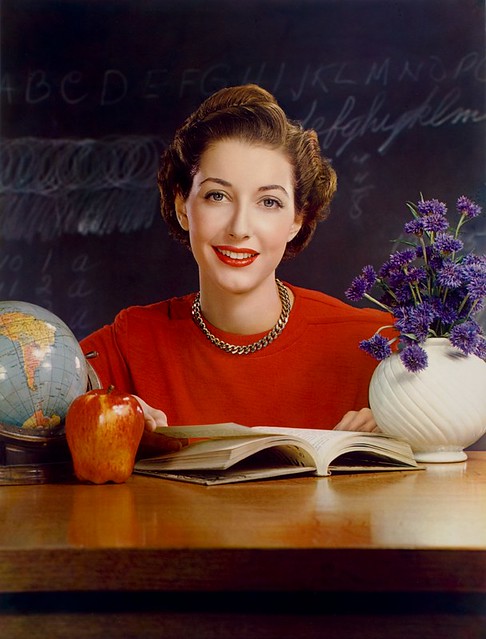Note: This is the first in an ongoing series from Sandra, retired high school English teacher and current substitute teacher in the same subject area, discussing the classic novels she taught, their relevance to today's teens and pairings with contemporary fiction.
I taught high school literature for twenty-six years, many of the same books year after year. You’d think they would become ho-hum with a huge yawn after a few years.
No so.
There’s always something new and fresh that first-time readers bring to a text so it stands the test of time—meaning they relate to the characters and situations regardless of era or setting. Some books are simply universal. The Scarlet Letter, which I've written about previously, stands out for the fresh perspectives my students would bring to them each time I taught these books.
It’s all about making connections and drawing parallels.
I recall one student gingerly holding a copy of The Scarlet Letter between her thumb and index finger. The expression on her face was somewhere between horror and admiration as I shared that I had taught, and therefore read, this book every single year.
“What? You’ve actually read this at least twenty times? That’s that’s—I don’t know what is is,” my student said.




